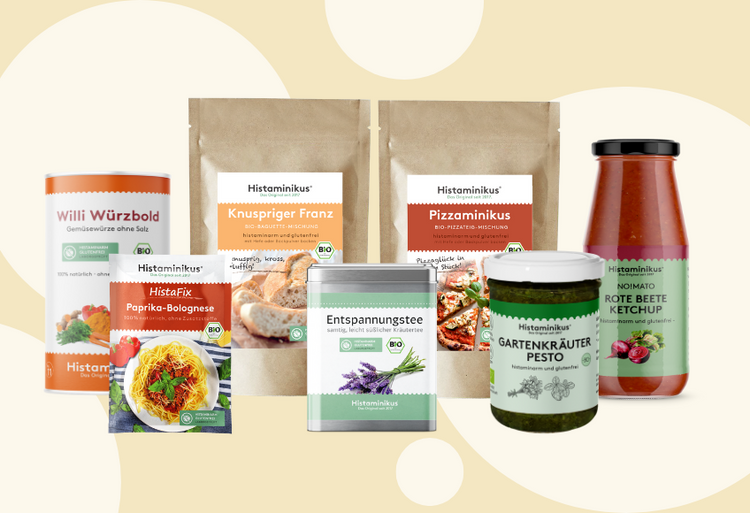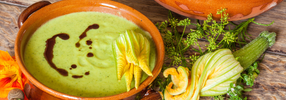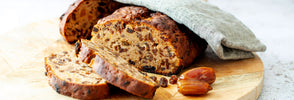
Organ series: colon
The health of our organs plays a major role for your well -being and fitness. But do you actually know how every single organ of your body works? If you are not studying medicine or are interested in it privately, the answer is usually open to you. Therefore we would like to educate you and bring the human organs closer to you.
In the next few months, new blog posts are waiting for you again and again. We will explain the functions of our organs, the connection with histamine intolerance and much more.
Busy today we ourselves with that Silver. Did you know that the large intestine is the hard worker of the body? The approximately 1.5 meter long large intestine - also called colon - consists of a five -layer shell, the innermost layer of which forms the intestinal mucosa.
Millions of nerve cells (more than in the backbone) are arranged around the colon and control the complicated digestive process.
This second brain in the stomach ensures that the complex process of digestion runs smoothly.
Tasks and functions of the colon
- withdraws from the food porridge minerals and water
- takes up undigested remains
- Consider approx. 1.5 liters of water every day and important minerals back into the body
- The large intestine pushes the almost nutrient -free, thickened food residues to the anus
The complete digestion of a colorful mixed high quality! Meal takes an average of 24 hours. The emphasis lies on "high quality". Every other meal takes a lot more time for metabolism and, above all, energy. No wonder if you feel limp and tired after eating because the entire digestive tract does a hard work.
Multicolumn
-
Location in the body
At approx. 1.5 meters in length, the large intestine is largely in the abdominal cavity, where it frames the small intestine loops. It begins in most people in the right lower abdomen, where the small intestine fell on the side and forms the crook of blind intestine flap. It is the intestinal section on the small intestine and ends at the anus.
-
Organ clock
During the course of the day, each organ has its absolute highlight in activity and as an opposite pole! So if you always wake up between 5 a.m. and 7 a.m., then you should focus on your colon. Also interesting are the times for the rest periods that most of most lie in the time of dinner.
- Strongest activity: 5 a.m. to 7 a.m.
- Rest phase: 5 p.m. to 7 p.m.
Mental component
The large intestine stands for accepting and letting go. The acceptance takes place in the large intestine. The food porridge is transported (= accept) in all serenity and ultimately excreted (= let go). With the feces you give something, so you separate from something and let go. Stress and hustle and bustle is not beneficial for this process.
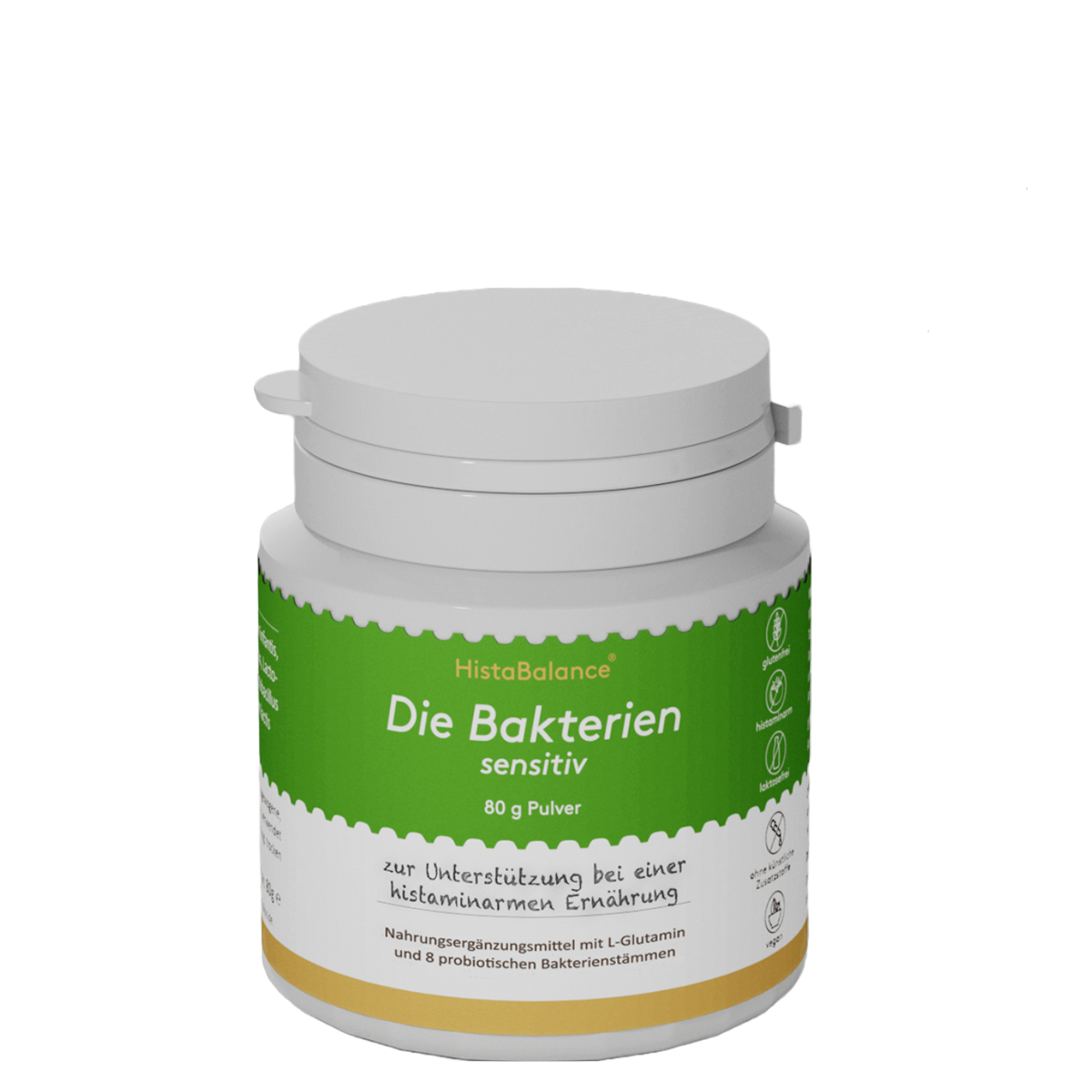
Advertisement
Histaminikus
The bacteria sensitive
4.65 / 5.0
(142) 142 total reviews
Share
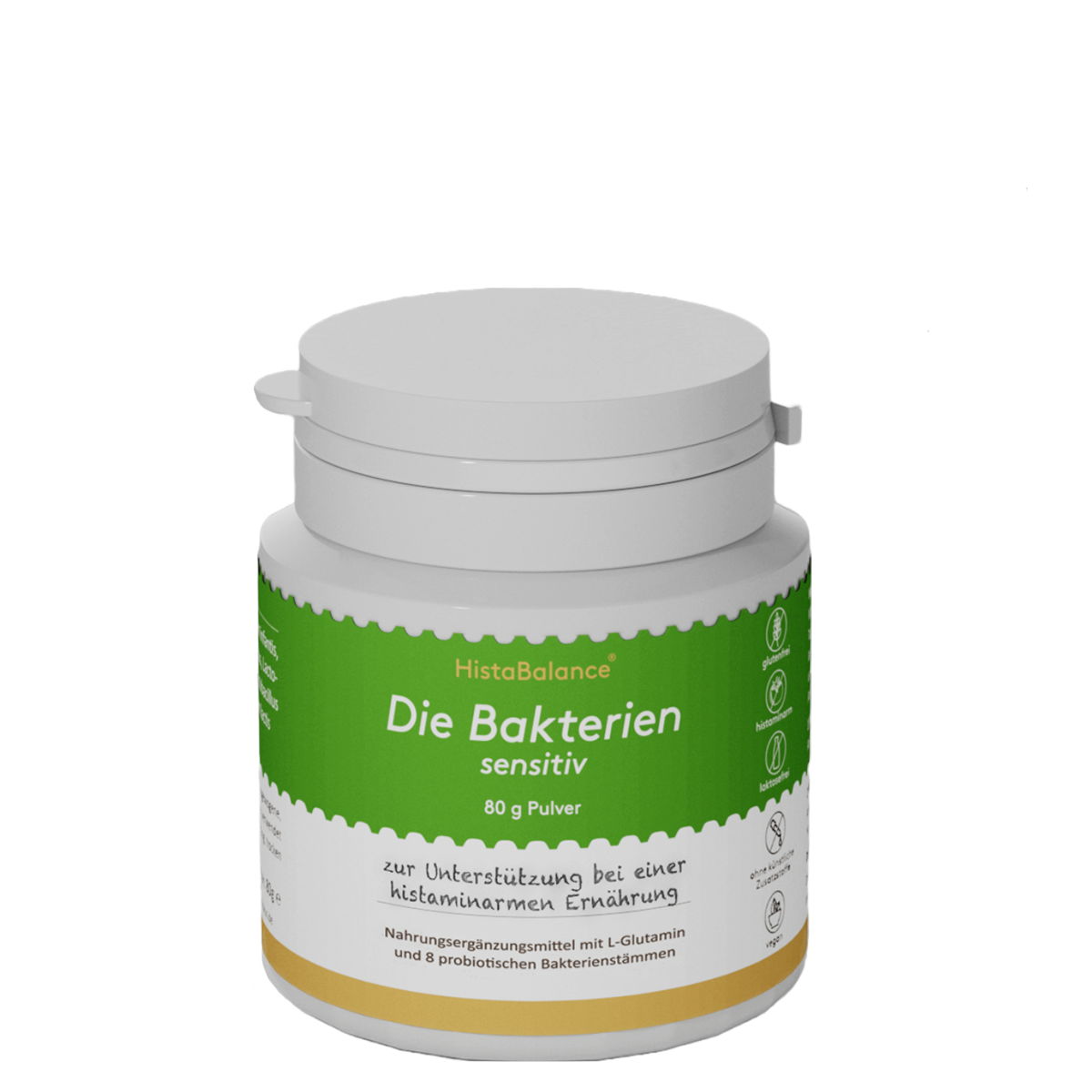
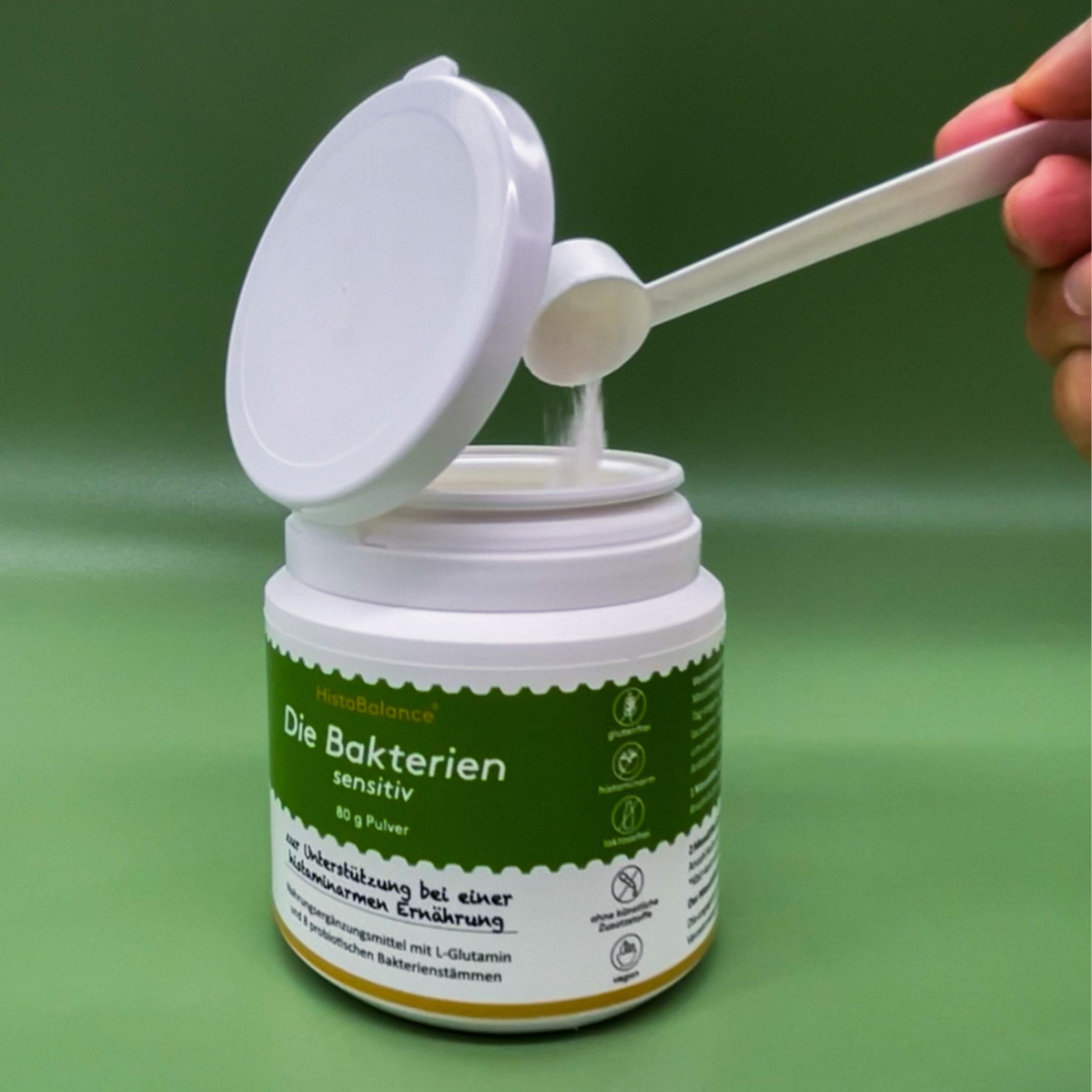

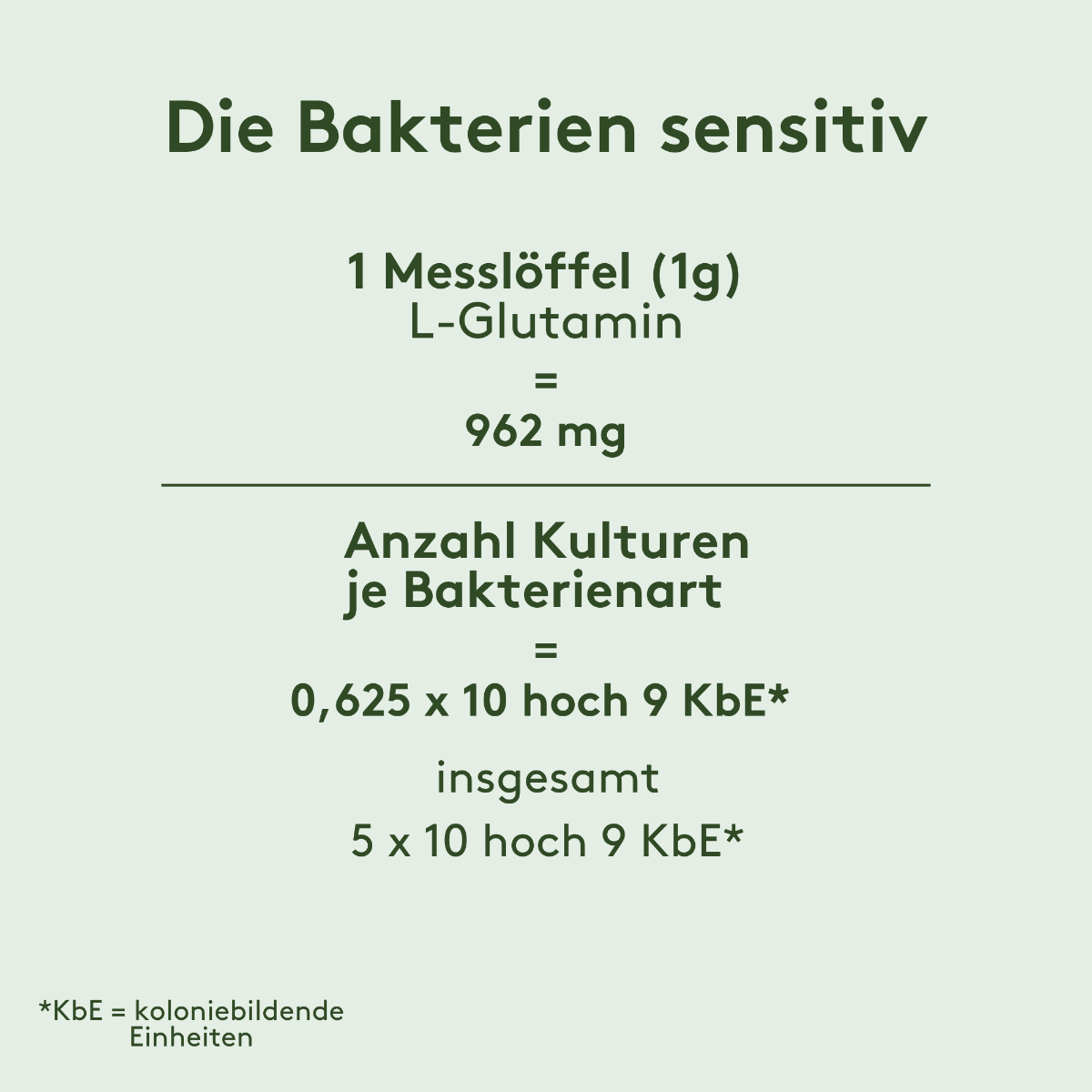
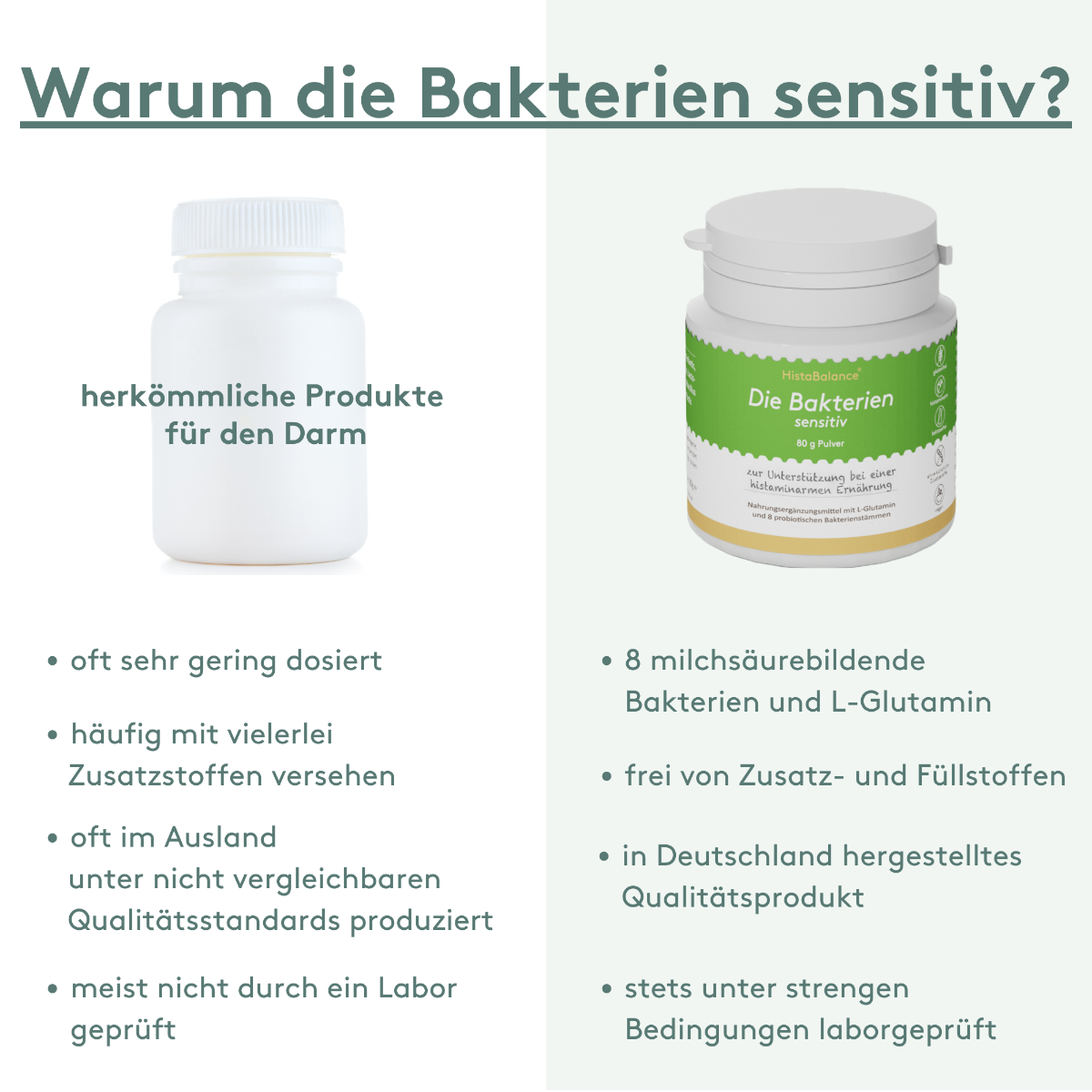
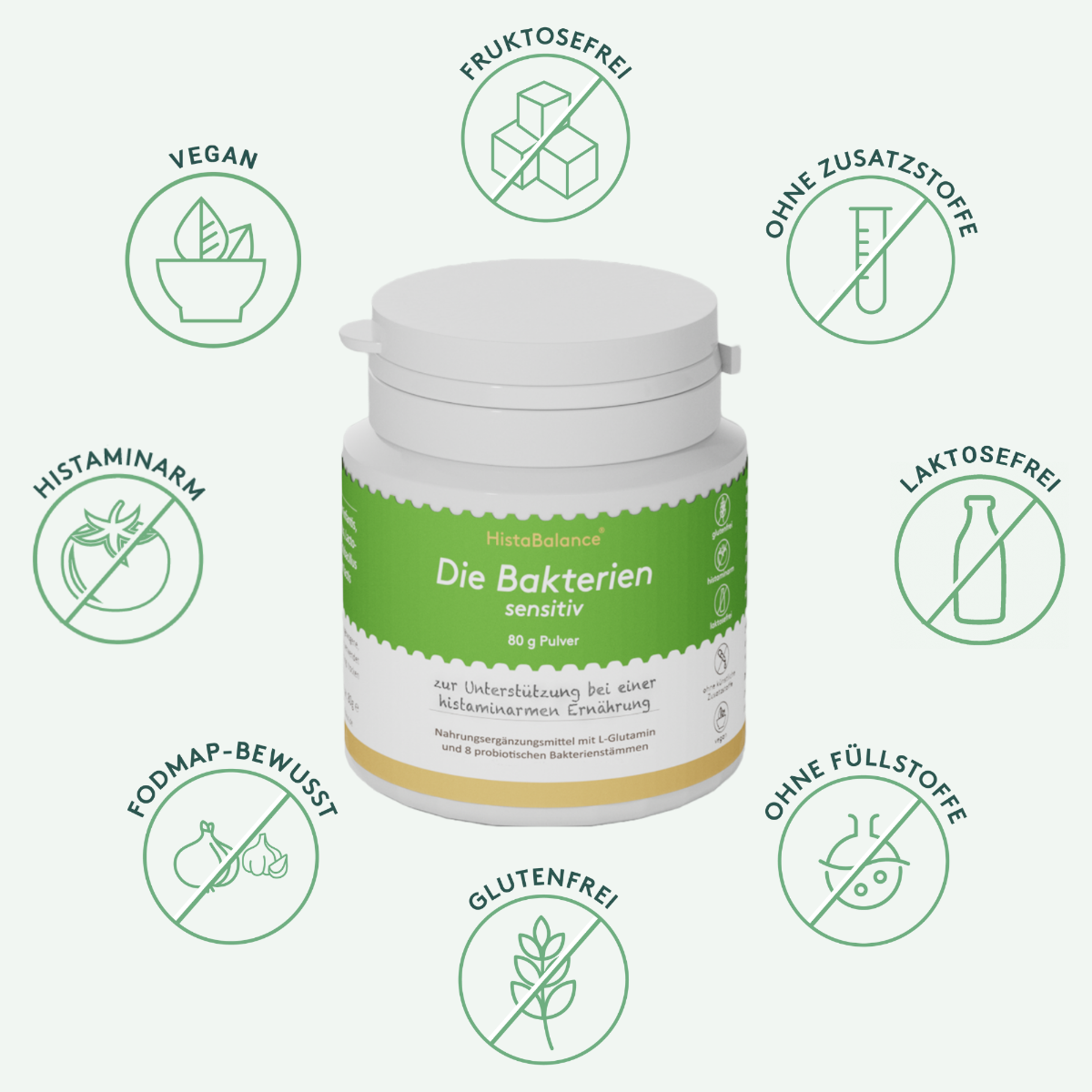
Connection with histamine intolerance
In our large intestine there is a balanced balance of intestinal bacteria that support the digestive process. This balance is often out of balance with histamine intolerance. Diarrhea and constipation as well as a fermentation and putrefaction flora can arise. You can find out what other interesting relationships exist in the e-book, which is available to our “bacteria sensitive” free of charge.
Symptoms and diseases in histamine intolerance
- Refusion, loss of appetite
- Bloating, indigestion
- Constipation, diarrhea
- Intestinal cramps
- Gastric acid deficiency
- Bladder infections, frequent urination
- Skin diseases (which occur especially in autumn), e.g. neurodermatitis
- asthma
- Flu infections
- Lack of vital substances (especially mineral deficiency)
- Dysbiosis, imbalance of the intestinal bacteria
- Mushrooms and parasites
- Food intolerances and allergies
- Inflammatory bowel diseases, irritable bowel syndrome, ulcerative colitis
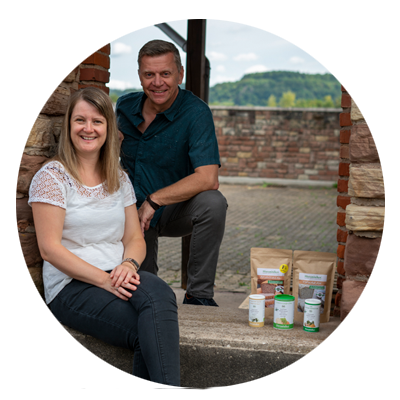
From those affected for those affected
We are Thomas and Michaela Zinser, founder of Histaminikus.
Because of the own histamine intolerance of Michaela and our son, we founded Histaminikus. The frustration does not find any suitable histamine food has spurred us to develop low -histamine food.
We would like to give you back a piece of quality of life. Feel free to look around with us.
Kind regards
Thomas and Michaela
